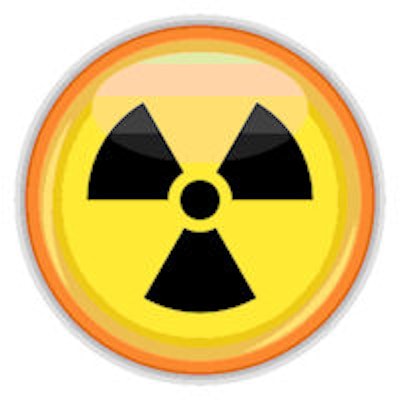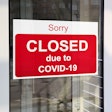
Using cumulative dose estimates to influence whether a patient should get a CT scan is "tantamount to introducing dose limits for patients" and "unnecessarily restricts access" to radiation-based diagnostic exams, according to an editorial in the British Journal of Radiology.
CT radiation dose is always a concern. With the growing availability of dose histories for patients, the question is becoming whether previous diagnostic radiation exposures should affect decisions on future diagnostic radiation exams, wrote Dr. Colin Walsh from St. James's Hospital in Dublin and Dr. Dara Murphy from Our Lady's Children's Hospital, Crumlin, also in Dublin.
"Including past history of radiation risks in the justification process is contrary to our understanding of risk for low-dose radiation," and has no place in a rational decision-making process, they wrote (BJR, 22 January 2014).
The argument that past radiation exposures should not be taken into account follows from the linear no threshold (LNT) hypothesis, which states that the probability of a low-dose exposure causing cancer is proportional to the radiation dose, and each exposure is a statistically independent event. However, "there can be a strong temptation to include cumulative exposures in the decision-making process," the authors acknowledged.
Also, distinguishing between imaging information and radiation exposure from past x-ray exams is important. When thinking about whether dose is justified, radiologists should consider previous scans to establish if the clinical question can be answered without further radiation exposure, or with a lower dose diagnostic exam.
"There can be a tendency, however, to treat past dose information in the same way as previous imaging and assume that it should play a role in whether or not the patient should have further imaging with ionizing radiation," they wrote. "We know, for example, that five CT scans carry a greater risk than one CT scan. It may seem reasonable to take the risks of the previous four scans into account when justifying the fifth scan. As our thinking subtly shifts towards consideration of the previous scans, the fifth CT scan begins to seem a different proposition to the first CT scan."
The fifth scan becomes conflated with the risks from the previous four scans -- there is an assumption that past events have an influence on future events, even when each event is independent, which is also known as "the gambler's fallacy," they added.
In this case, the gambler's fallacy leads the radiologist to believe that a patient getting a fifth CT scan is in a different position with regard to risk for that scan than he or she was for the first CT scan.
"We are, in a sense, considering the risk of all five scans together, even though four of those scans are in the past, and have no bearing on the risk for the fifth scan we are being asked to justify," they wrote. "Of course if we were actually comparing the risk of all five scans to the risk of one scan, then five scans carry the higher risk. But we are not in this position. Justifying a fifth CT scan should not be confused with justifying five CT scans."
A previous scan is relevant only if it provides the diagnostic information being sought; there is no basis under LNT for considering previous radiation exposure as a modifier to risk for the current scan.
"Our argument attempts to show that as a general rule, taking account of risk from previous scans should not affect the justification process," the authors concluded. "The justification process already includes risk, benefit analysis, and consideration of alternate strategies, and rightly focuses on the particular exam in question."



















